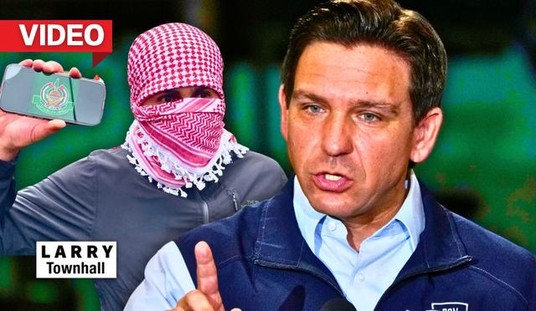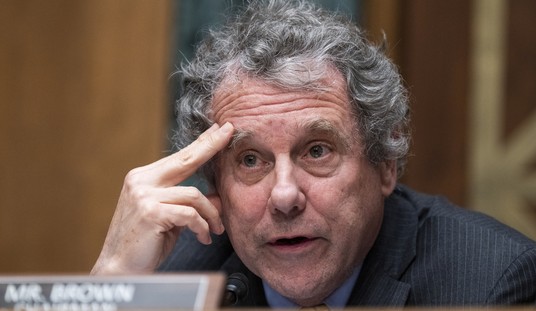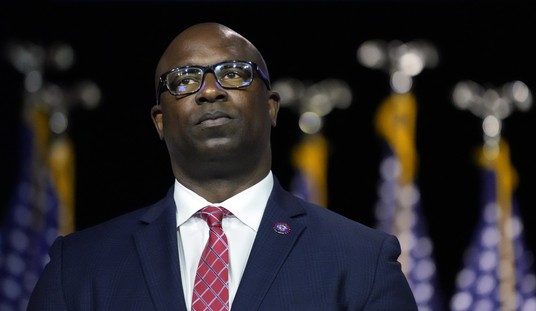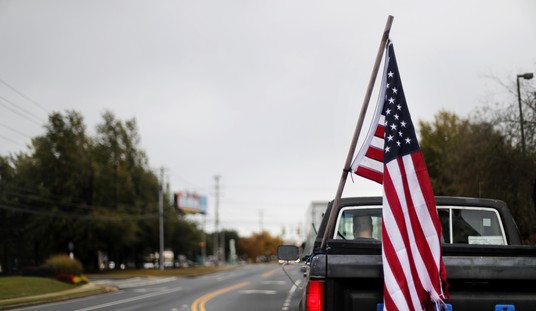When they open their 30-day session on January 11, Virginia’s Senate and House of Delegates must correct some serious energy mistakes they made two years ago, when Democrats controlled nearly the entire state government and passed the “Virginia Clean Economy Act.”
One of those party-line decisions requires that Virginia adopt California’s requirement that only low-emission vehicles (LEVs) be sold by the model year 2025 and only zero-emission vehicles (ZEVs) by MY 2035. That means in barely twelve years only new electric vehicles (EVs) could be sold in Virginia.
Again mimicking California, in addition to EVs, the VCEA also requires a massive shift from affordable, reliable coal and natural gas-generated electricity to expensive, weather-dependent, land-intensive wind and solar electricity, stabilized and backed up by huge batteries.
As I’ve explained previously (here, here, here, and here), this is unworkable. Texas, Buffalo, and the Midwest have demonstrated that heavy reliance on wind and solar can bring deadly blackouts during blizzards. California told residents not to charge their soon-to-be-mandatory EVs during last summer’s heat waves, to prevent blackouts. Switzerland might ban EV charging this winter for the same reason.
The Suburban Virginia Republican Coalition PAC (SUVGOP) recognizes these realities and understands that the wind turbines, solar panels, and transmission lines will not be in Democrat strongholds like Alexandria, Arlington, Falls Church, and Richmond. They will be in beautiful rural Virginia, which will also be hardest hit by bans on gasoline and diesel vehicles. SUVGOP has therefore gotten the ball rolling on reversing these ill-advised laws, by launching a campaign to repeal LEV/ZEV mandates.
Recommended
SUVGOP calls its campaign “Don’t CA my VA.” (When I lived in the Centennial State, bumper stickers proclaimed a crasser version of this message: “Don’t Californiacate Colorado.”)
Arguments for avoiding or terminating LEV/ZEV mandates are compelling – for Virginia and America.
* While great for short hauls, EVs don’t get you far along on your 800-mile vacation trip; recharging can take hours, depending on multiple factors; and charging stations are more limited off main highways.
* You don’t want to get caught in your EV during a hurricane evacuation or blizzard, especially since already limited battery life decreases in cold weather and with heater or AC use.
* EVs (and backup batteries) can burst into chemical-fueled infernos, especially if they get immersed in water. That can be catastrophic and deadly if the EV is in a home or underground garage (or on a cargo ship loaded with EVs).
* EVs require 3-4 times more metals than internal-combustion cars: copper, iron, nickel, aluminum, cobalt, lithium, rare earth, and others. Those materials don’t just appear via Materials Acquisition for Global Industrial Change mechanisms (MAGIC). They must be dug out and processed, somewhere.
China’s BYD Auto company alone used 13,000 tons of copper to make EVs in 2016. Based on average porphyry ore deposits today, every 100,000 tons of copper requires processing 23,000,000 tons of copper ore, after removing 35,000,000 tons of overlying rock – using explosives and fossil fuels!
Start calculating how many billions of tons of copper and other metals and minerals would be required for all the EVs, wind turbines, solar panels, transmission lines, and grid-stabilizing and backup batteries in Virginia, your state, or the United States, or the entire world, are planning to mandate. Then calculate how many trillions of tons of ore would require – and how much mining, blasting, processing, and fuel.
Where will all that work take place? In whose backyards? With how much ecological destruction, air and water pollution, hazardous waste generation, slave and child labor, and human health risks?
“Clean” energy and vehicles? There may be zero emissions out of Virginia EV tailpipes – maybe even at the electricity source, if it comes from wind or solar power when the wind is blowing and the sun is shining.
But there are no “zero emissions” for mining, processing, and manufacturing. It just happens somewhere else, often in Africa or Asia, often by Chinese companies – affecting someone else’s air and water quality, scenery, croplands, wildlife habitats, wildlife, health, and well-being.
Meanwhile, millions of acres of Virginia and US lands would be covered with turbines, panels, transformers, and transmission lines; millions of birds, bats, and other animals would be killed annually.
Bottom line: There is no such thing as “clean, green, renewable, sustainable” energy or vehicles. It’s just a matter of where and how and how much the mining and materials processing, manufacturing, and emissions take place. It’s just a matter of how good the “green” PR programs are; and whether US environmentalists, journalists, and politicians recognize or censor these realities.
Earth’s atmospheric, oceanic and climate systems are global. The loss of habitats and species is a global problem. We should act locally, and think globally.
Regarding backup batteries, the VCEA mandates the acquisition of 3,100 megawatts of storage. Assuming legislators meant 3,100 megawatt-hours, this would require some 36,000 Tesla half-ton 85-kWh modules, and it would still meet less than 1% of Virginia’s average daily electricity consumption (and less than 0.5% of its peak demand). This doesn’t include batteries to stabilize wind-solar grid fluctuations.
Virginia legislators also need to address these vitally important issues:
* How many wind turbines, solar panels, transformers, backup/grid-balancing battery modules, and miles of new transmission lines will The Old Dominion need to replace existing coal and gas generation?
* How many more will it require after half of all cars, trucks, and buses are electric? After families are forced to convert gas home and water heating, stoves, and ovens to electricity – and upgrade home and neighborhood electrical systems to handle the added loads?
* Where and on whose property will all these “renewable” systems and power lines be installed? How many millions of acres of land and coastal areas will be impacted? Will residents or local governments be able to veto developments? How often will the eminent domain be employed?
* How many millions (billions?) of tons of metals, minerals, carbon-fiber composites, plastics, concrete, and other materials will be needed? How much ore, overburden, and fuel?
* How many of these materials (and turbines, panels, battery modules, and transformers) will come from China or other adversarial nations, or their surrogates?
* Under what pollution control, wildlife habitat and endangered species protection, workplace safety, slave and child labor, and other “responsible sourcing” laws will all this work be done?
* Where will worn-out, broken, and obsolete solar panels, wind turbine blades, and other non-recyclable equipment be landfilled?
* How many billions or trillions of dollars will all this cost ratepayers and taxpayers?
It takes more than declaring that actions taken under “clean economy” laws are “in the public interest” to make it so. Legislators must look beyond tailpipes, and beyond Virginia or US borders, to avoid destroying the planet with wind and solar, to save it from fossil fuels and climate change.
The 2023 legislative session is a perfect opportunity to start reexamining “clean economy” assumptions and mandates – and implementing reality-based Environment-Social-Governance (ESG) principles. Are Virginia’s legislators up to the task?
Paul Driessen is a senior policy analyst for the Committee For A Constructive Tomorrow (www.CFACT.org) and author of books and articles on energy, environment, climate, and human rights issues.

























Join the conversation as a VIP Member